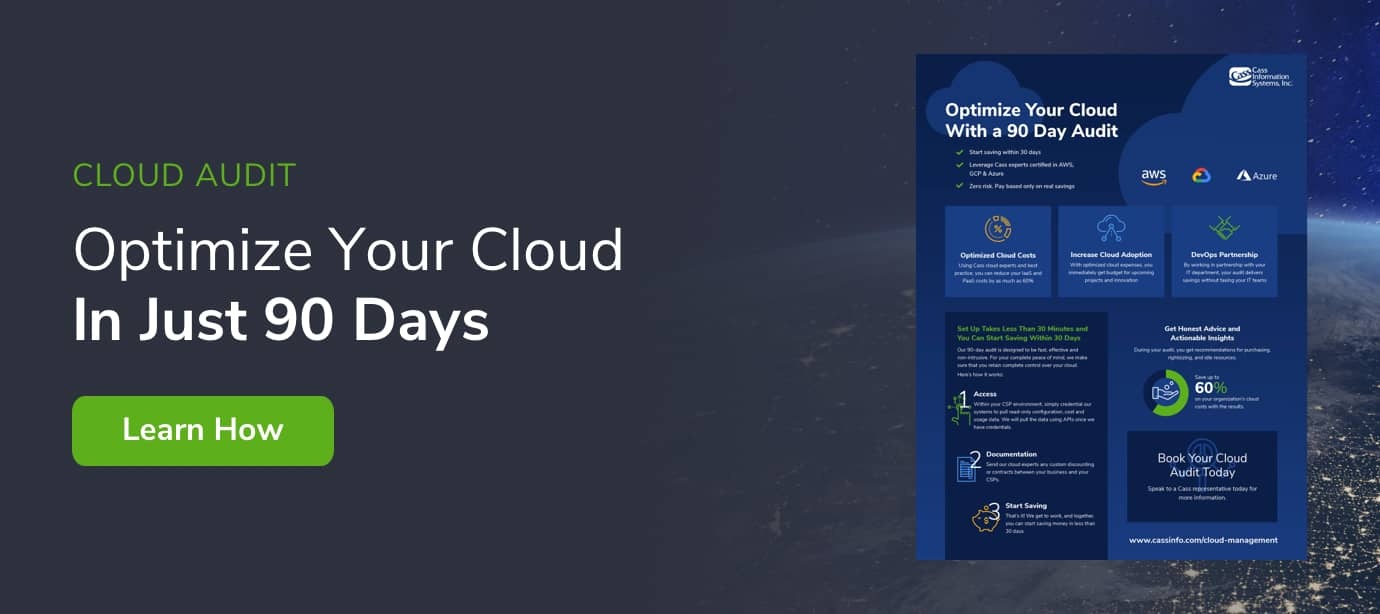COVID-19 has forced enterprises across the globe to re-evaluate how they view the cloud. Those who were slow to embrace the digital revolution and chose to continue using on-premises solutions found it harder to adapt to remote working than cloud natives who went into the pandemic with a strong digital foundation already in place. But in their haste to modernize their processes and maintain business continuity, many have realized: you can’t rush cloud adoption.
According to a recent report, 72% of enterprises had to bring applications back on-premise after migrating them to the cloud. This indicates that many companies are too hasty in moving their apps to the cloud and not thinking about the right plan beforehand.
It should be an iterative process built around a well-thought-out strategy that considers everything from processes and infrastructure to team management. A more hurried approach will only lead to issues further down the line.
Why You Can’t Rush Enterprise Cloud Adoption
1. Security
When it comes to cloud migration, speed often comes at the expense of security. Many organizations fall into the trap of assuming that responsibility for cloud security and compliance falls on the provider. the result is a misconfigured and potentially vulnerable cloud.
Before embarking on any large-scale cloud adoption, take the time to establish who is responsible for which aspect of security and compliance. This will ensure your applications are configured correctly, and your data is properly protected.
2. Legacy IT Issues
One of the reasons we advocate an iterative approach to cloud adoption is to prevent compatibility issues with your legacy IT systems. Inconsistencies and quality issues within your cloud are more likely to occur if you try to migrate everything across in one go. In some cases, this may even render some of your older systems completely inoperable.
By roadmapping your cloud migration, you can create a better balance between business continuity, cost and the potential benefits of being 'on the cloud'.
3. Latency
You may be aware that latency is a growing problem for customer-facing enterprises that rely on fast and efficient service. Frequent interruptions can have a major impact on service quality. Website conversion rates drop by almost 4.5% for every additional second of load time.
There are many causes of latency in the cloud—distributed computing and virtualization to name but two. And rushing your migration can exacerbate the problem. Take the time to ensure your legacy on-premises and cloud networks are configured correctly. The long-term gains are well worth the short-term investment in time and resources.
4. Data Loss
Rushing a cloud migration increases the chances that data becomes corrupted or lost during transit.
A sudden power outage at the receiving data center, human error, or even a security breach. There are many risks to consider. That’s why it’s so important to back-up your data before you migrate to the cloud. This ensures that you can quickly recover any lost, incomplete, or corrupt files—saving you time and money.
5. Wasted Spend
Gartner estimates that as much as 70% of cloud spend is wasted. Vendors use complex pricing models to charge for their services and, when you're migrating to the cloud at scale, small cost increases add up fast.
The lack of a clear strategy can also cause problems. Some migrate to the cloud without considering what they really need in terms of computing power and storage. Enterprises lose money every year on idle or underutilized resources as a result.
You've probably heard about managed service providers. Many enterprises use them to streamline their cloud environment and optimize costs.
6. Poor Visibility
When you move data to a public or private cloud server, visibility and control inevitably suffer. It remains one of the biggest concerns among enterprises, with 95% of participants in a Dimensional Research survey saying they’ve experienced application or network performance issues due to a lack of visibility.
Rushing your cloud adoption only exacerbates the problem. Without a clear strategy in place to coordinate the migration process, it’s impossible to establish a concise, workable process for tagging and running instances in the cloud. It also makes it harder to accurately gauge and control the scale of your cloud infrastructure and manage workloads. This can lead to sudden spikes and application outages.
Cloud Adoption Shouldn't Be Stressful
Developing an effective cloud migration strategy requires a clear understanding of the outcomes you hope to achieve by moving your IT infrastructure off-premises.
But that's much easier said than done. As Gartner points out, cloud skills remain in short supply:
“Through 2022, insufficient cloud IaaS skills will delay half of enterprise IT organizations’ migration to the cloud by two years or more”
To overcome this skills gap, more and more enterprises rely on managed service providers to coordinate their efforts. At Cass, we work as an extension of your team. Our services help you manage spend and security across your cloud environment, so you can migrate to the cloud with confidence.
Topics: Security, Cloud Management Services


